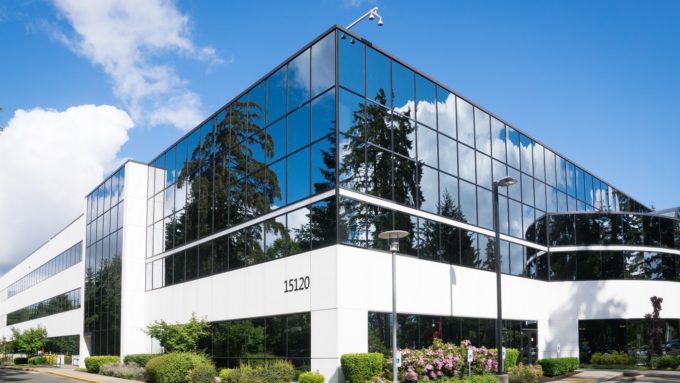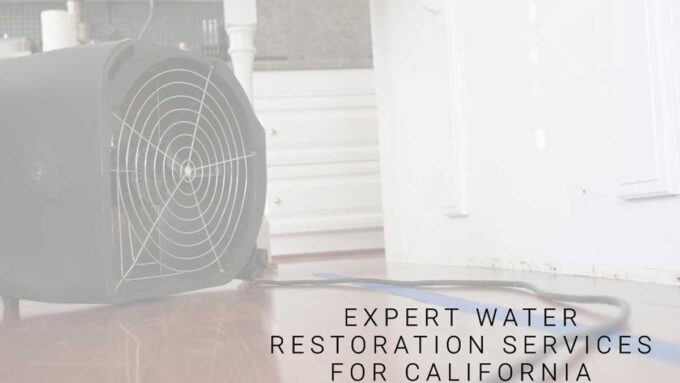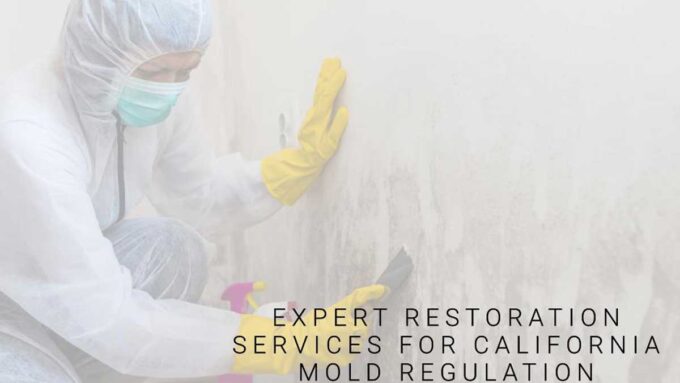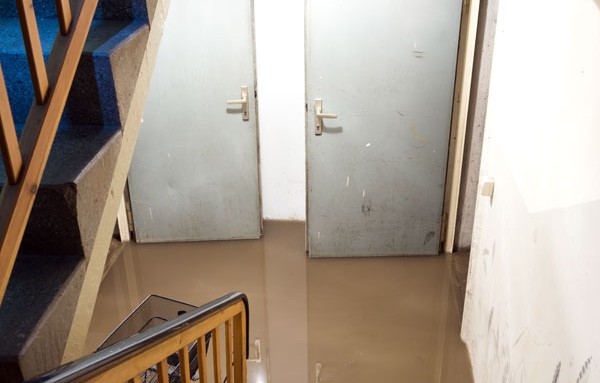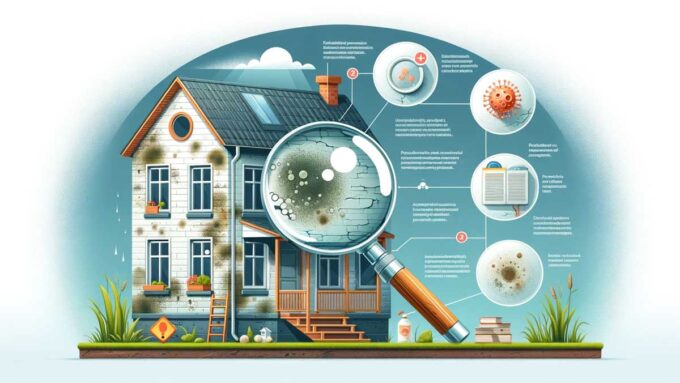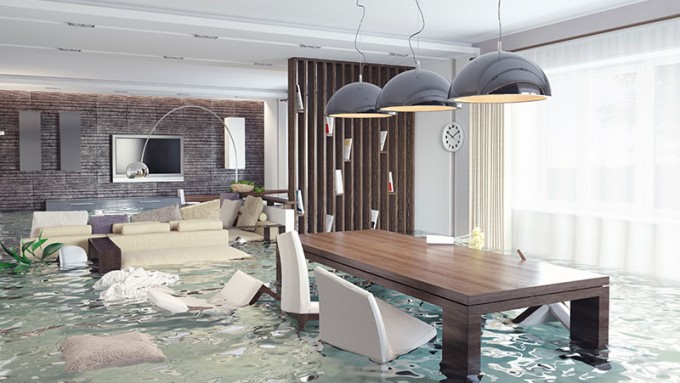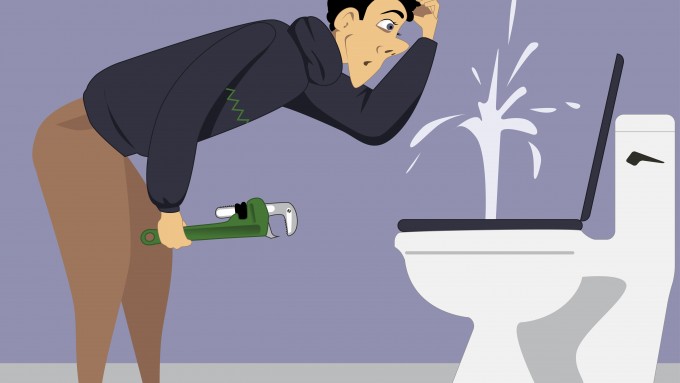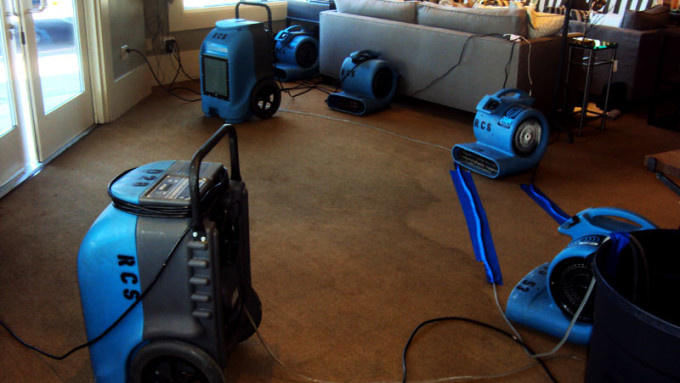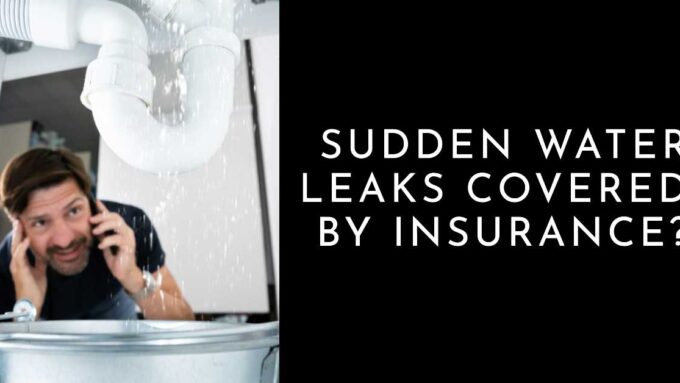If you own a commercial building in Santa Rosa, CA and you have employees, then you know that providing a place of employment that meets certain safety standards is a legal requirement. All employees would like to believe that the building in which they spend a substantial amount of time working each day is up to code. They expect that it will be fire hazard free, but the lion’s share of them probably don’t even consider the possibility that they may be exposed to mold at work every time they step into the building. Mold spores travel so easily, that it’s possible for anyone to be at risk, even when you have followed all regulations as an employer. That’s why it’s important to know and address any signs of mold growth in your building.
Recognizing the signs
Just as homeowners must learn to recognize the signs of mold where they live, an employer needs to be aware of what to look for in their place of business as well. If you have several employees who suffer from allergies or asthma, they could be at a higher risk than others. According to the National Institute for Occupational Safety and Health, these conditions are associated with mold exposure. You may notice that some of your employees have symptoms that include sneezing, itchy or watery eyes, irritation of the nose, mouth, or throat, shortness of breath, wheezing, coughing, headaches, dizziness, or even difficulty focusing. If you do recognize any of these behaviors in your employees, especially if it is a significant number of them, it’s important that you have your building checked by a mold remediation specialist right away.
Determining the causes
If you find mold, an expert in the field of mold remediation can inspect your property and help determine the source(s) of your current problem, as well as give you the best advice on how to prevent reoccurrence of the issue. There can be any number of ways moisture and water can begin inside a building, and some of them might even be a little unexpected. Some more common places include any area where a faulty pipe may have burst, a leaky roof, or a basement where flooding may have occurred. Depending on how long water damage may have been undetected, the infestation could be significant. You can check any of these locations, and you might even check the roof shingles if the building has them. Don’t forget about the HVAC system, where moisture can build and hide, creating poor air quality.
Preventing employee exposure
If the air quality is poor in your building, then the risk to employees suffering mold-related health issues is increased. It’s important to the health and safety of all building occupants that mold remediation is performed quickly and correctly, but there are preventative measures that you can take before it becomes a problem.
- Check the building construction and design to determine areas of potential mold growth.
- Make sure there is proper ventilation in each area of your commercial space.
- During summer months, open windows or run air conditioning regularly.
- Have all plumbing checked regularly throughout the year.
- Use mildew resistant paint in offices where workers spend significant time.
- Replace any fabric or wood that might have been exposed to moisture in the past.
- Rely on a maintenance crew that is well trained in spotting mold and its causes.
- Consider installing storm windows and doors to help keep water from entering during a storm.
Final thoughts
Understanding the health risks to employees is important if you own a commercial building. You can’t expect your employees to be very effective if they are consistently ill as a result of mold exposure in the workplace. Additionally, the cost could be more than you bargained for if employees choose to take legal action after exposure, especially if they had no warning of the exposure risk. Therefore, it is imperative that you communicate any risks to employees as soon as you notice a problem. Contact the experts at Restoration Certified Specialists to help detect and correct any mold infestation you might have.

